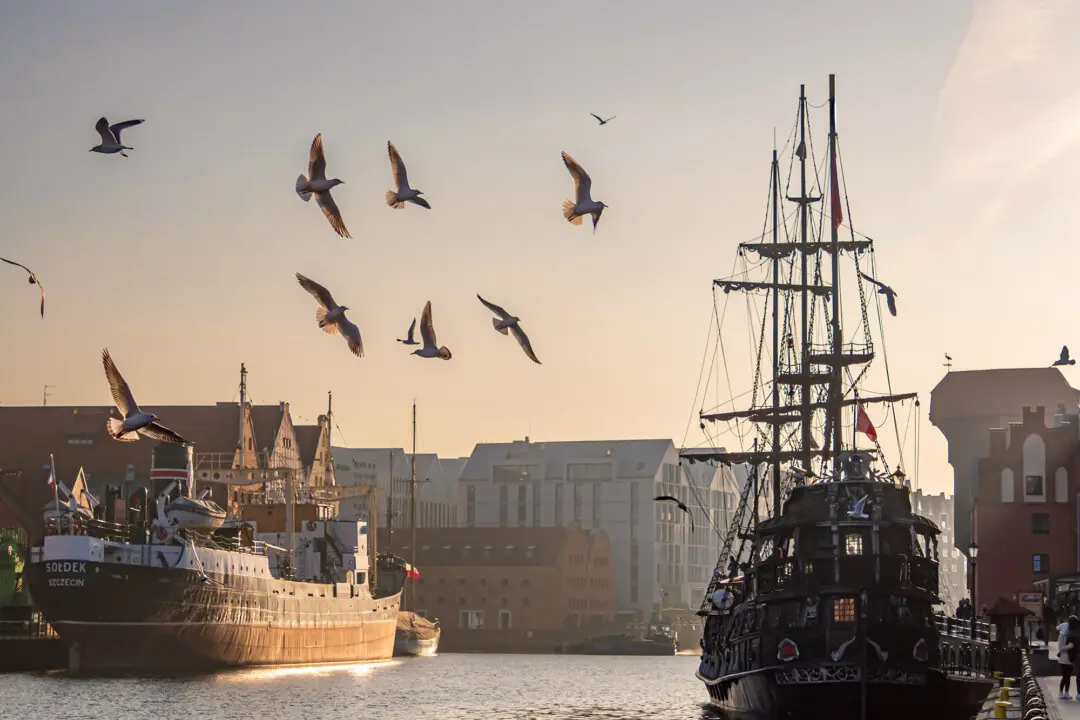PONTRESINA, Switzerland—Rolling through the Swiss Alpine splendor, the train seems to balance on a rocky spine, valleys falling away in both directions, each one filled with a village—red roofs, tall steeples, gilded clock towers—more charming than the last.
Climbing higher, the terrain becomes even more intense, and a recorded announcement tells passengers that we’re entering the heart of the Albula Railway. Built more than a century ago, and now a UNESCO World Heritage Site, this single-track, narrow-gauge railway will swirl us over 55 bridges and spiral through 39 tunnels, cresting at a pass some 6,000 feet high.





